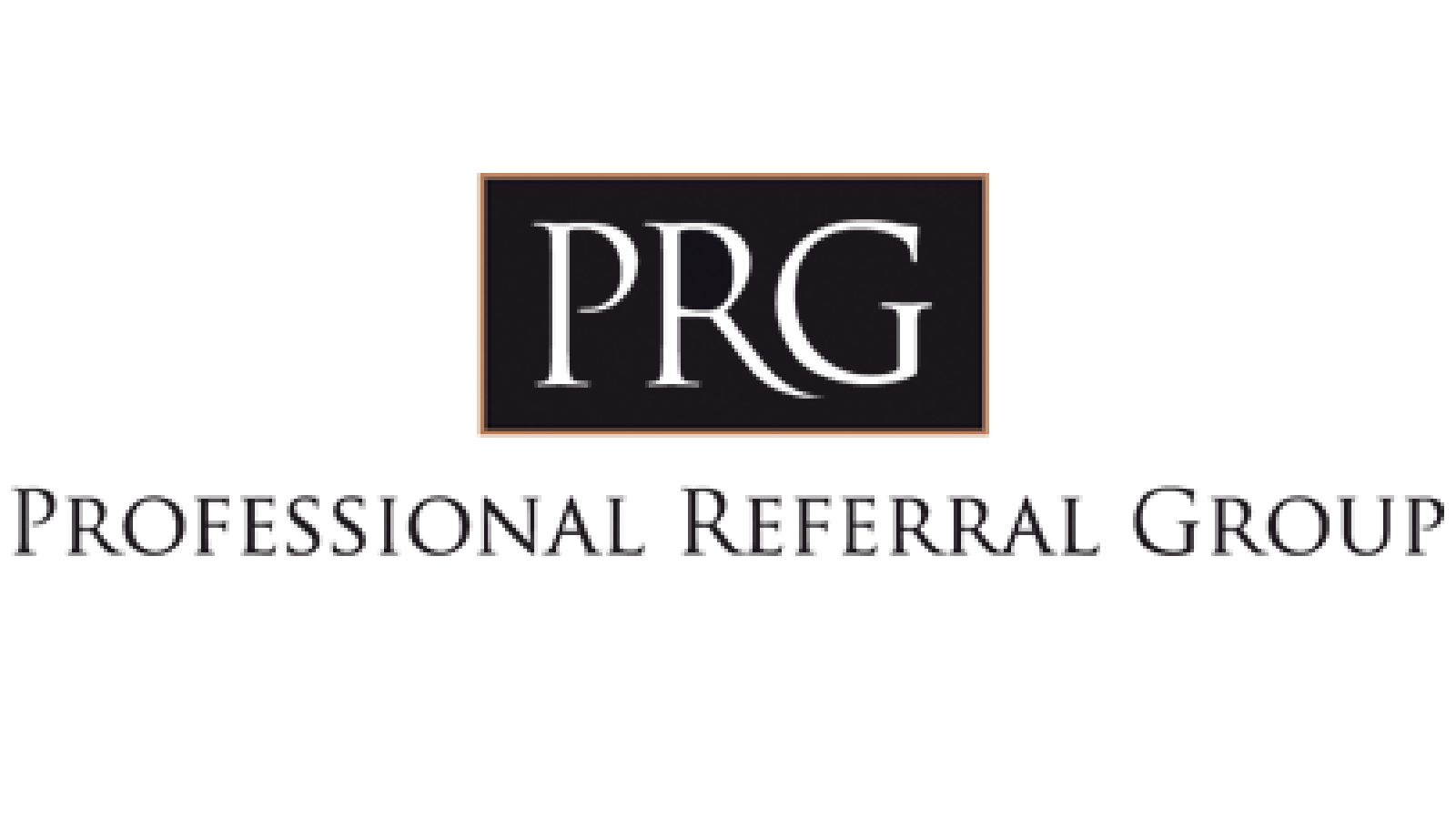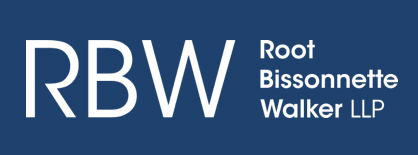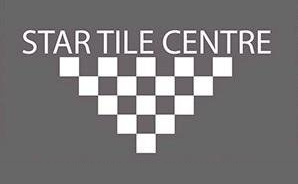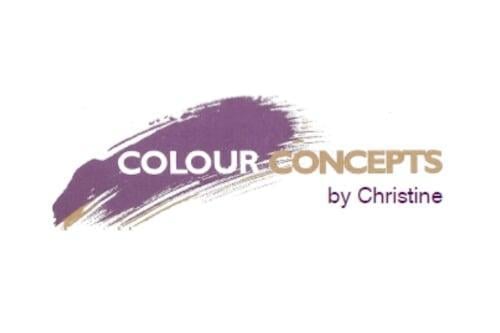An important new rule for the Home Buyers’ Plan will take effect in 2020. This is the perfect time to review this tool, along with another recently introduced program available to home buyers.
In his budget of March 2019, Finance Minister Bill Morneau announced two significant measures aimed at facilitating access to homeownership in response to soaring house prices in several markets across the country.
The first of these involves important changes to the Home Buyers’ Plan, commonly known as the HBP, while the second is a completely new program: the First-Time Home Buyer Incentive. If you happen to be considering homeownership, these two programs might get you noticeably closer to your goal.
Measure 1: an updated HBP
The Home Buyers’ Plan is a federal program created in 1992 that allows people buying a first home to “borrow” money from their RRSP to use as a down payment. They then have 15 years to pay the money back into their RRSP.
Initially, the HBP could only be used to purchase one’s very first home. Since 1999, it is possible to “requalify” as a first-time home buyer if you meet certain conditions. As well, the maximum eligible withdrawal was $20,000 when the program started, but was increased to $25,000 in 2009.
These are the two provisions that the federal government is about to revise again.
What has changed
The following chart summarizes the changes to the HBP.
As we can see, since last March 19, it has been possible to use up to $35,000 from an RRSP under the HBP. But the main change, which will take effect in 2020, concerns the eligibility conditions.
Under the basic rules of the HBP, in order to be considered first-time buyers, neither the buyer nor his or her spouse can have owned a home in the past four years. However, the 2019 budget has relaxed this rule for people going through a divorce or separation. Individuals could now be eligible if:
1. they have been living apart from their spouse or common-law partner for at least 90 days due to a breakdown in their relationship;
2. they own and occupy a home that is their principal place of residence but:
- it is not the home they intend to acquire and they sell it within a certain time frame;
- they acquire their “ex’s” interest in the home within a certain time frame;
3. they have a new spouse or common-law partner, and this person does not own and occupy a home that is the individual’s principal place of residence.
In a nutshell, if you are legally separated from your spouse and meet certain other conditions, you could be eligible for the HBP even if you have owned and occupied a principal residence in recent years. Note that this is a very simplified explanation of the new rules. For more details, refer to the Government of Canada website.
Measure 2: the First-Time Home Buyer Incentive
As part of its 2019 budget, the federal government also established the First-Time Home Buyer Incentive. Under this program, the Canada Mortgage and Housing Commission (CMHC) will offer a “shared equity mortgage” to an individual buying a first home, to a maximum of 10% of the purchase price. This allows buyers to reduce the monthly carrying costs for their mortgages without increasing their financial burden.
In fact, the buyer doesn’t have to make any monthly payments on the loan: instead, the loan will be repaid when the property is sold or after 25 years, whichever comes first. It can also be repaid in full at any time with no early repayment penalty. In all cases, the repayment amount will be based on the fair market value of the property.
Suppose, for example, that you want to buy a new home for $400,000. You have the required minimum down payment of $20,000 (5% of the purchase price). Thanks to the First-Time Home Buyer Incentive, you can get another $40,000 (10% of the cost of the new home) to add to your down payment, which will decrease your mortgage loan accordingly. Your mortgage payments will be reduced by $228 a month, or $2,736 a year. Now suppose that in five years you resell your home for $420,000. At that point, you will have to repay the Incentive, which will be calculated as a percentage of the property’s fair market value, i.e. 10% of $420,000, or $42,000.
Other measures to keep in mind
In addition to these flagship programs, there are two other federal programs designed to facilitate access to homeownership. The first is the home buyers’ tax credit, which can amount to $750, and the second is the GST/HST new housing rebate. Conditions apply in both cases.
If you are thinking about buying a home in 2020, even if it’s not really your “first home,” you will probably want to look into the terms and conditions of the different programs available.
A good starting point is the CMHC website, which provides an overview of the various programs.
* Mutual funds are offered through mutual fund representatives associated with SFL Investments Financial Services Firm.
The following sources were used to prepare this article:
Chaire en fiscalité et en finances publiques de l’Université de Sherbrooke, “What is passive income?” ; “Régime d’accession à la propriété”.
Financial Post, “What is passive income?” ; “Ottawa raised the Home Buyers’ Plan limit to $35,000 — here’s how to take advantage of it”.
Government of Canada, “Home Buyers’ Plan (HBP)” ; “First-Time Home Buyer Incentive” ; “Budget 2019”.
Canada Mortgage and Housing Commission, “The First-Time Home Buyer Incentive” ; “Government of Canada Programs to Support Homebuyers””.






















